10 Fashion Icons Who Ruled the 1960s
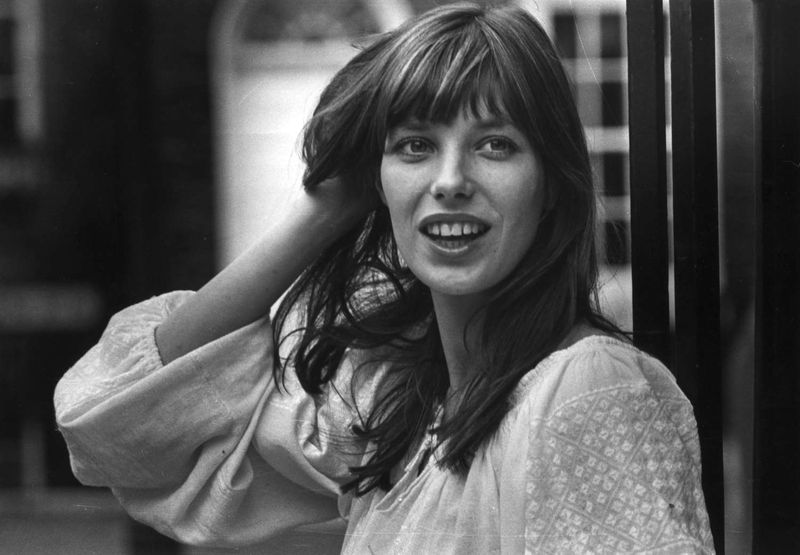
The 1960s sparked a fashion revolution that changed how we dress forever. From London’s mod scene to Hollywood glamour, this decade broke all the rules and created bold new styles. These ten fashion icons didn’t just wear clothes—they defined an era with their signature looks and fearless attitudes that still inspire designers today.
1. Audrey Hepburn
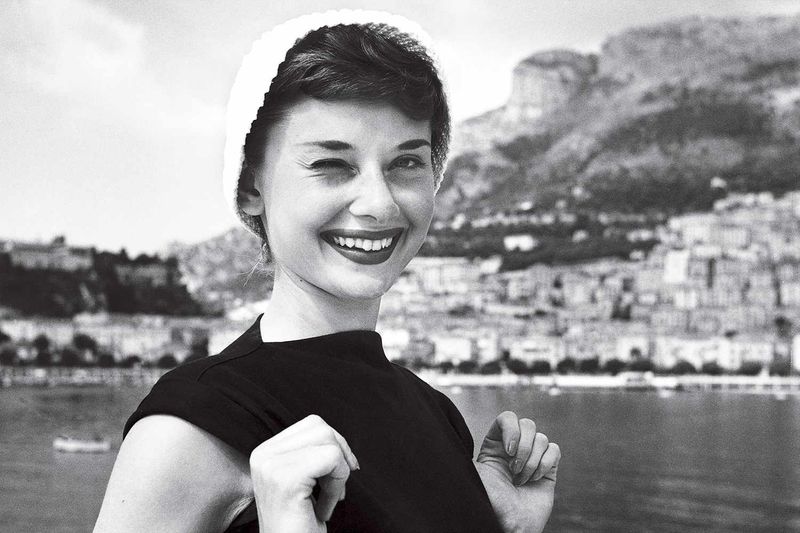
Already established as Hollywood royalty by the sixties, Audrey Hepburn’s elegant silhouettes and minimalist approach proved timeless amid the decade’s wild experimentation. Her collaboration with Givenchy created some of fashion’s most enduring moments, especially the little black dress from ‘Breakfast at Tiffany’s’ that remains the gold standard of sophisticated simplicity.
Unlike many stars who chased trends, Hepburn knew exactly what worked for her slender frame. High necklines, capri pants, ballet flats, and those iconic oversized sunglasses became her signature.
What’s remarkable about Hepburn’s influence is how it transcended the psychedelic sixties. While others embraced the era’s flamboyance, her refined restraint offered an alternative vision of femininity that feels as modern today as it did then.
2. Brigitte Bardot
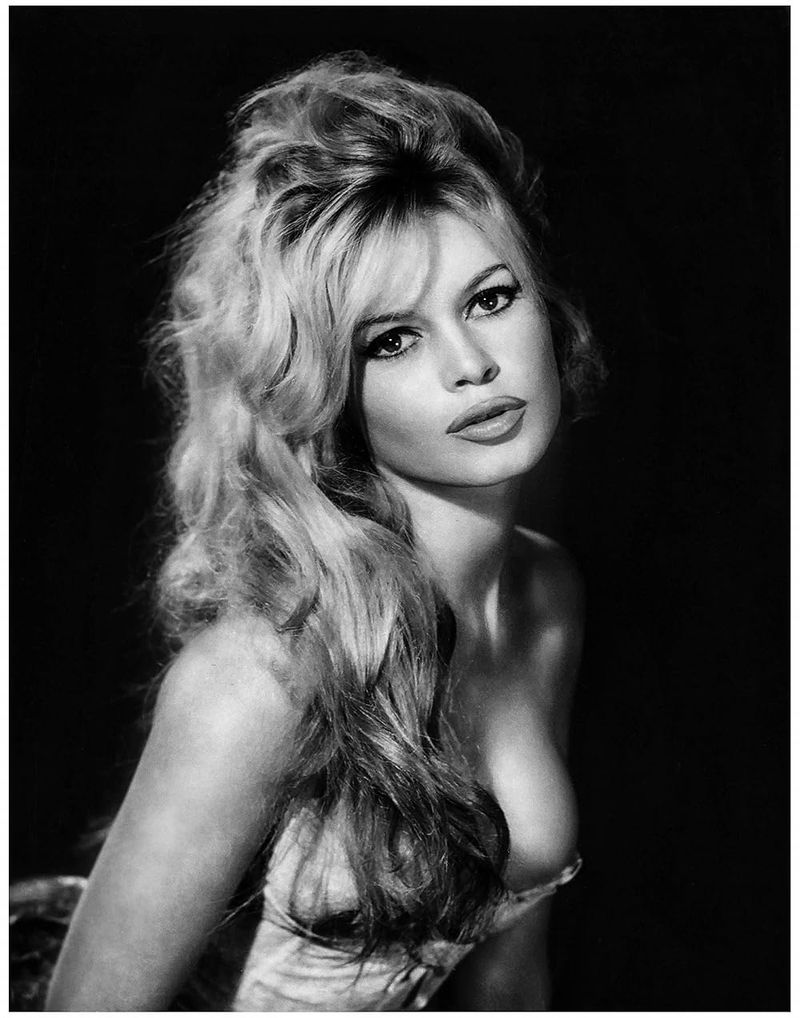
French bombshell Brigitte Bardot singlehandedly made sensuality fashionable in the buttoned-up early sixties. Her tousled beehive—the famous ‘Bardot hair’—inspired women everywhere to throw away their hairspray and embrace a more undone look.
The off-shoulder tops now known as ‘Bardot necklines’ became her trademark, along with gingham dresses cinched at the waist. She transformed beachwear by popularizing the bikini when it was still considered scandalous. Even her heavy eye makeup and pale lips created a template for the sixties sex kitten aesthetic.
Unlike the waif-like models emerging in London, Bardot celebrated curves and natural beauty. Her effortlessly disheveled style offered a refreshing alternative to American primness and British mod precision, proving that French women really did know something about style that the rest of the world wanted to copy.
3. Jackie Kennedy
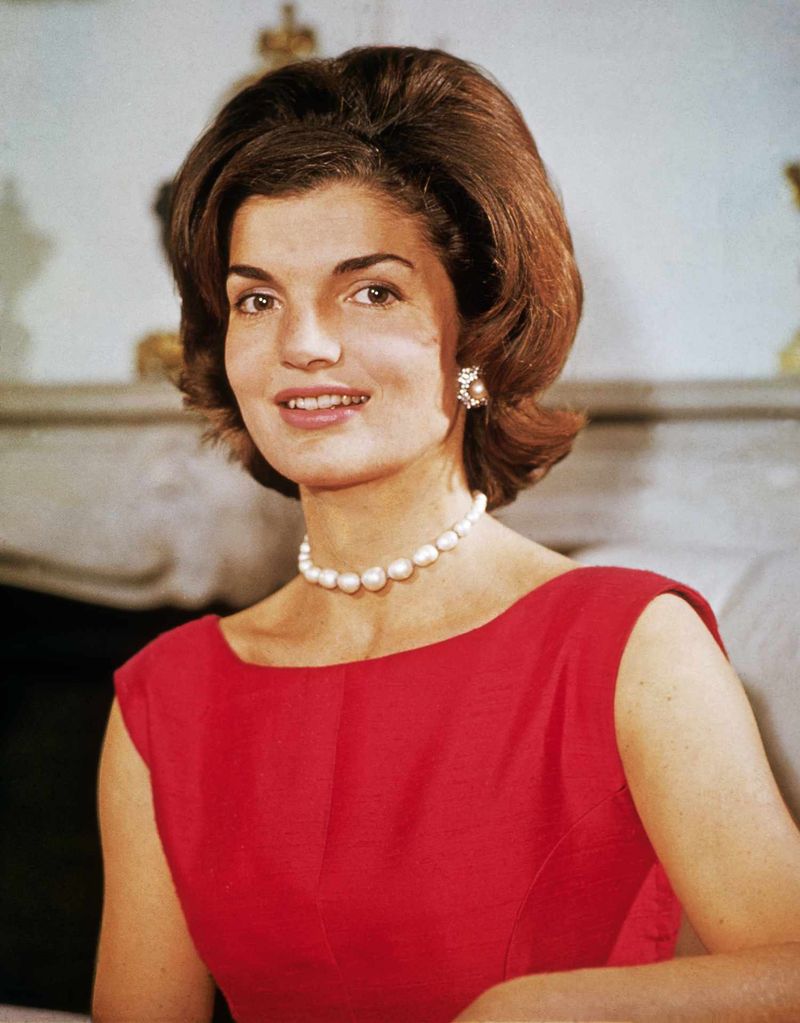
First Lady Jacqueline Kennedy transformed American style with her impeccable taste and European sensibilities. Her White House years established her as fashion royalty, with millions of women copying her signature look: the pillbox hat, tailored Chanel-inspired suits, and oversized sunglasses that offered both elegance and mystery.
Jackie’s influence was so powerful that glove manufacturers thrived because she rarely appeared in public without them. Her preference for simple lines, solid colors, and perfect tailoring provided a sophisticated counterpoint to the decade’s more experimental trends.
Even after the tragic assassination of President Kennedy, her style evolved rather than diminished. As Jackie Onassis, she embraced more relaxed silhouettes while maintaining her distinctive polish. Her ability to look both regal and approachable made her fashion’s most influential political figure—a title arguably unmatched to this day.
4. Twiggy
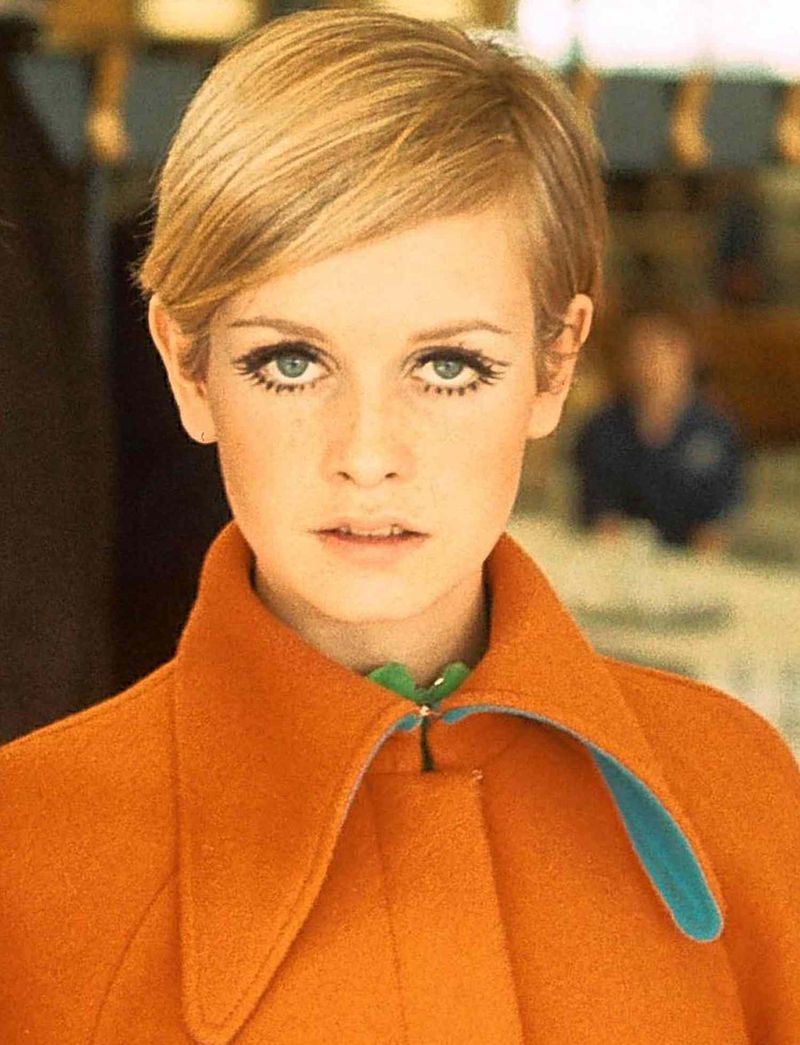
Those enormous doe eyes, boyish haircut, and rail-thin frame transformed Lesley Hornby into ‘Twiggy’—the face that launched a thousand magazine covers. At just 16, this London teenager became the world’s first supermodel almost overnight.
Her androgynous look perfectly captured London’s swinging sixties spirit. With her dramatic eye makeup, painted-on lower lashes, and micro-mini dresses, Twiggy embodied the mod movement’s youthful rebellion against stuffy tradition.
What made her revolutionary was how she broke beauty standards of the day. Before Twiggy, models were sophisticated and womanly. After her meteoric rise, fashion embraced childlike frames and playful, graphic looks that celebrated youth culture above all else.
5. Mary Quant
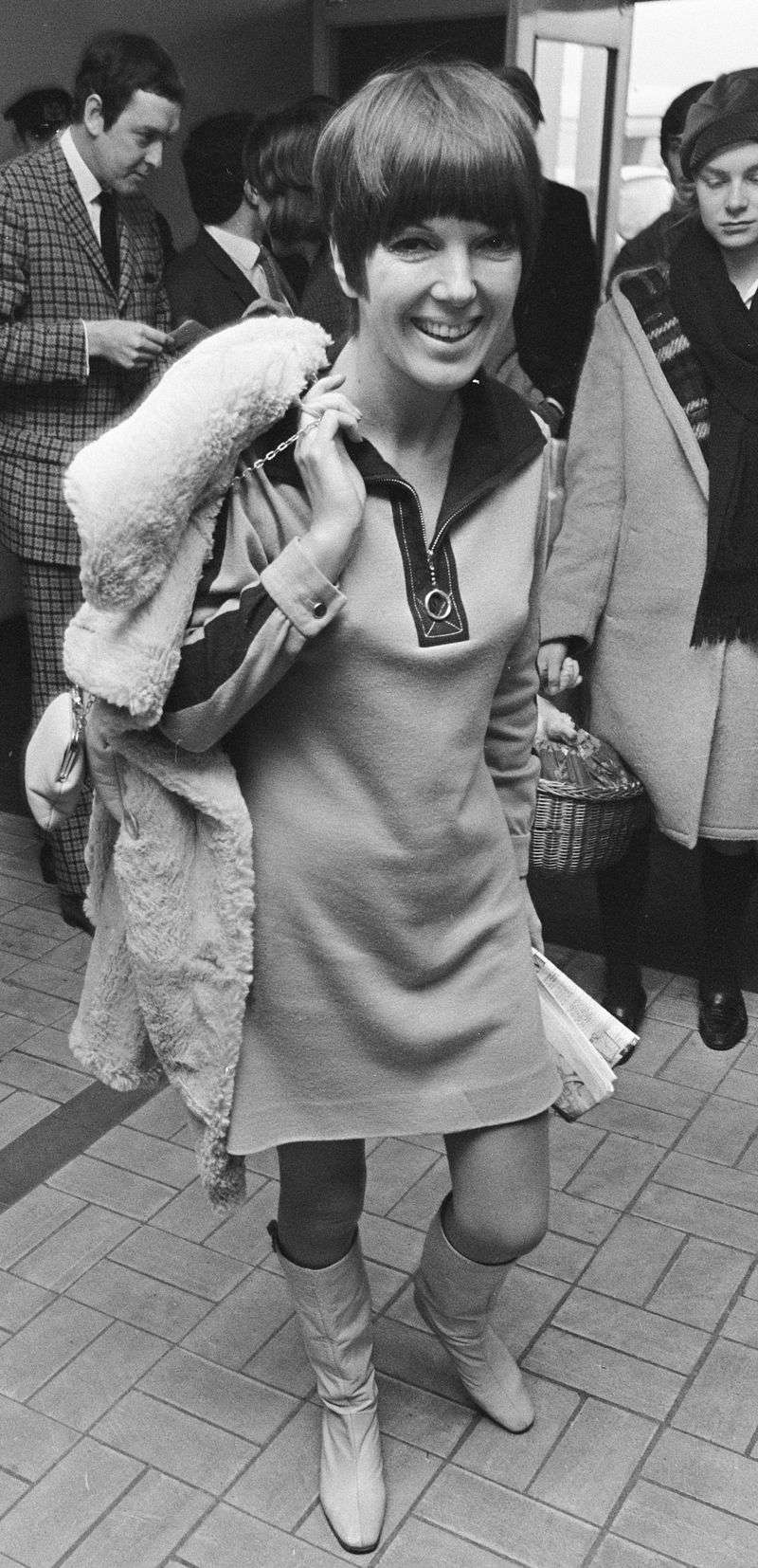
While others modeled the clothes, Mary Quant created them—revolutionizing fashion by giving young women what they actually wanted to wear. Her boutique Bazaar on London’s King’s Road became ground zero for the sixties fashion explosion, where she famously raised hemlines to create the mini skirt that defined the decade.
Quant’s designs featured bold geometric patterns, bright colors, and playful details that rejected the formal styles worn by previous generations. She didn’t just design clothes; she created an entire lifestyle aesthetic with coordinated makeup, accessories, and even her own distinctive hairstyle by Vidal Sassoon.
Her greatest achievement was democratizing fashion. Unlike the Paris couturiers who dictated style from above, Quant watched what cool girls were wearing on London streets and elevated those ideas into accessible designs. This revolutionary bottom-up approach to fashion continues to influence how trends develop today.
6. Jean Shrimpton
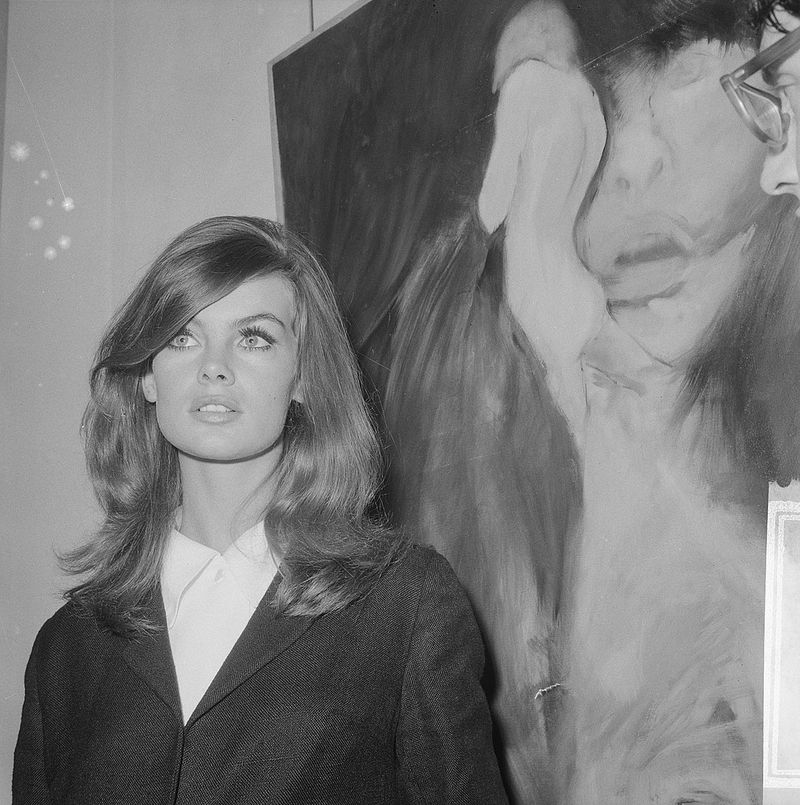
Long before the term ‘supermodel’ existed, Jean Shrimpton embodied it. Her wide-eyed, natural beauty and impossibly long legs helped transform fashion photography from stiff portraiture into dynamic art. Nicknamed ‘The Shrimp,’ she appeared on countless magazine covers, becoming the face most associated with swinging London.
Her 1965 appearance at Australia’s Melbourne Cup caused international scandal when she wore a minidress five inches above the knee with no hat, gloves or stockings. The outfit seems tame now, but it represented a seismic shift in fashion’s direction, demonstrating how a single look could challenge social conventions worldwide.
Unlike some contemporaries, Shrimpton’s style was never costume-like or theatrical. Her natural elegance made revolutionary new fashions appear effortlessly wearable, helping ordinary women embrace dramatic changes in hemlines and silhouettes that might otherwise have seemed too radical.
7. Catherine Deneuve
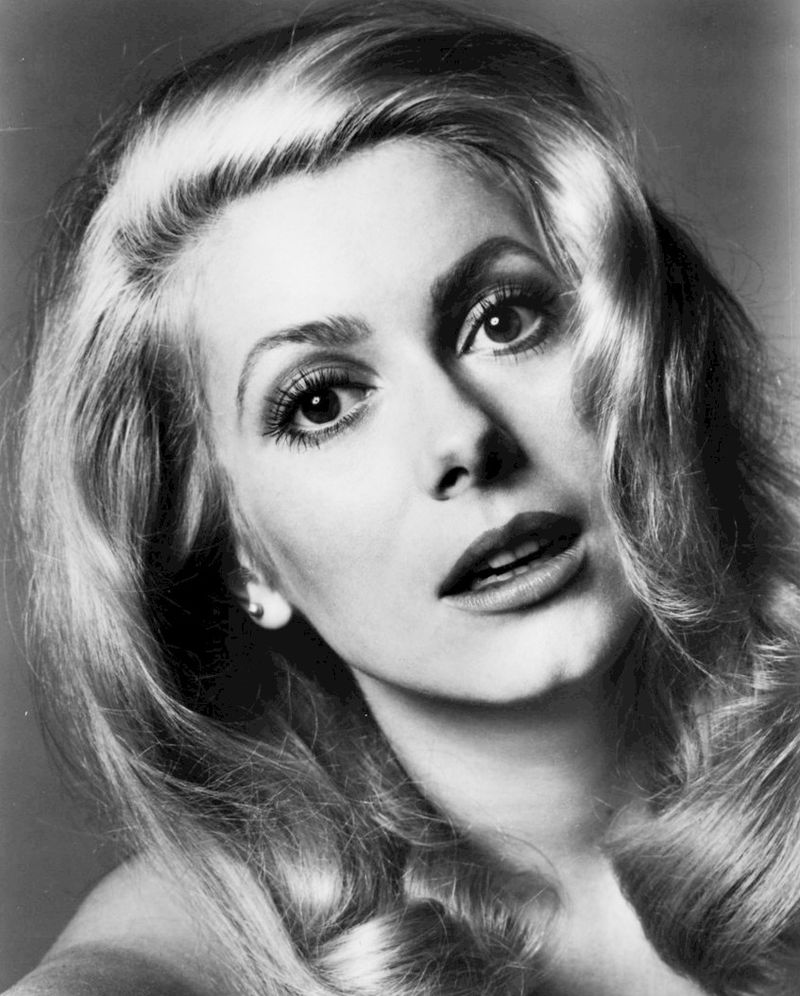
French cinema gave the world Catherine Deneuve, whose cool blonde perfection embodied sophisticated European style. Her fashion legacy was cemented when Yves Saint Laurent dressed her for the 1967 film ‘Belle de Jour,’ creating a wardrobe of impeccably tailored coats, shift dresses and accessories that still influence designers today.
Deneuve’s style represented the antithesis of bohemian fashion trending elsewhere in the sixties. No flowing kaftans or psychedelic prints for her—instead, she championed precision-cut clothing in neutral colors that emphasized quality over novelty.
Her signature look included immaculate blonde hair, often with a slight bouffant, paired with minimal makeup save for subtly defined eyes. Deneuve’s greatest contribution to sixties fashion was demonstrating that restraint could be just as revolutionary as excess. Her partnership with Saint Laurent created the template for designer-muse relationships that drive fashion forward even now.
8. Jane Birkin
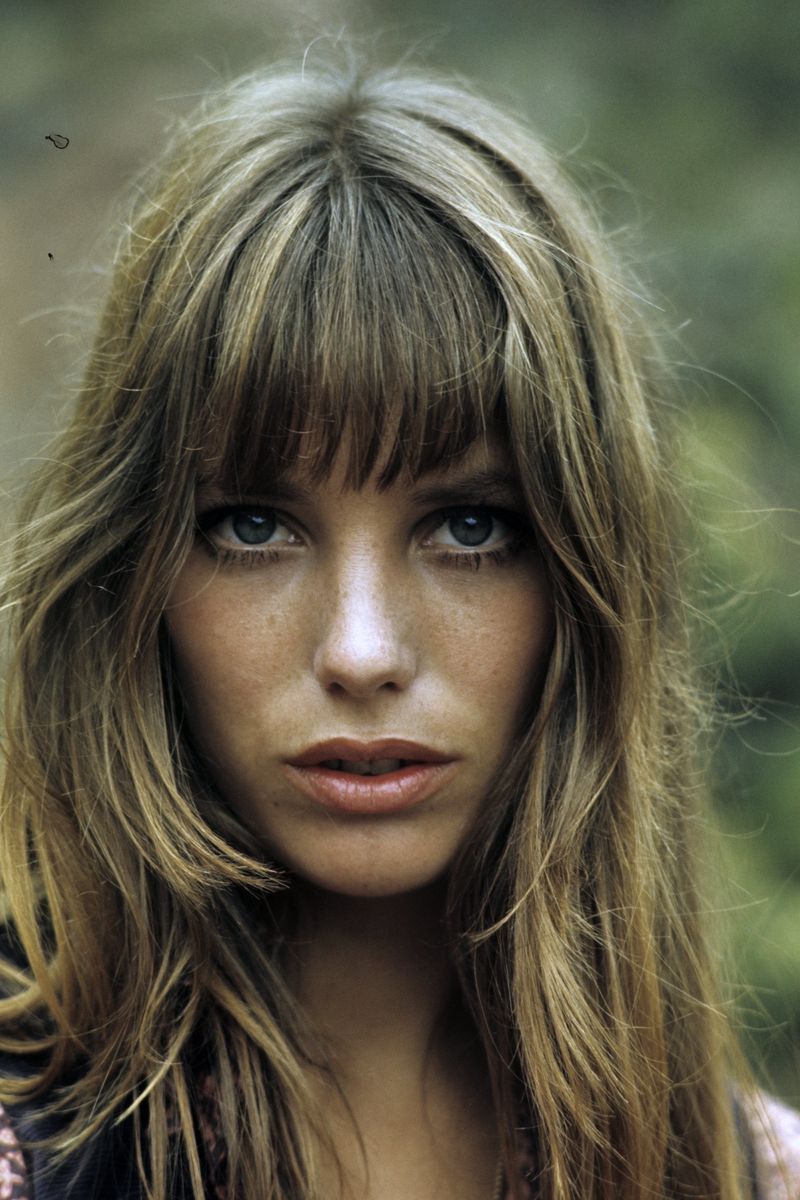
British-born Jane Birkin brought an effortless, rumpled charm to Paris that perfectly captured the late sixties’ more relaxed approach to style. Her signature look—white t-shirts, blue jeans, and that famous wicker basket she carried instead of a handbag—created the blueprint for casual chic that influences fashion to this day.
After meeting Serge Gainsbourg in 1968, Birkin became France’s adopted daughter, bringing her distinctly English sensibility to French style. She mixed masculine and feminine elements with apparent carelessness—men’s shirts with mini skirts, flat shoes with short dresses—creating looks that seemed thrown together yet somehow perfect.
Decades before ‘normcore’ became fashionable, Birkin understood that true style often came from understatement. The ultimate irony of her fashion legacy? This woman who preferred simple market baskets later inspired Hermès to create one of the most expensive handbags in the world—the Birkin bag.
9. Edie Sedgwick
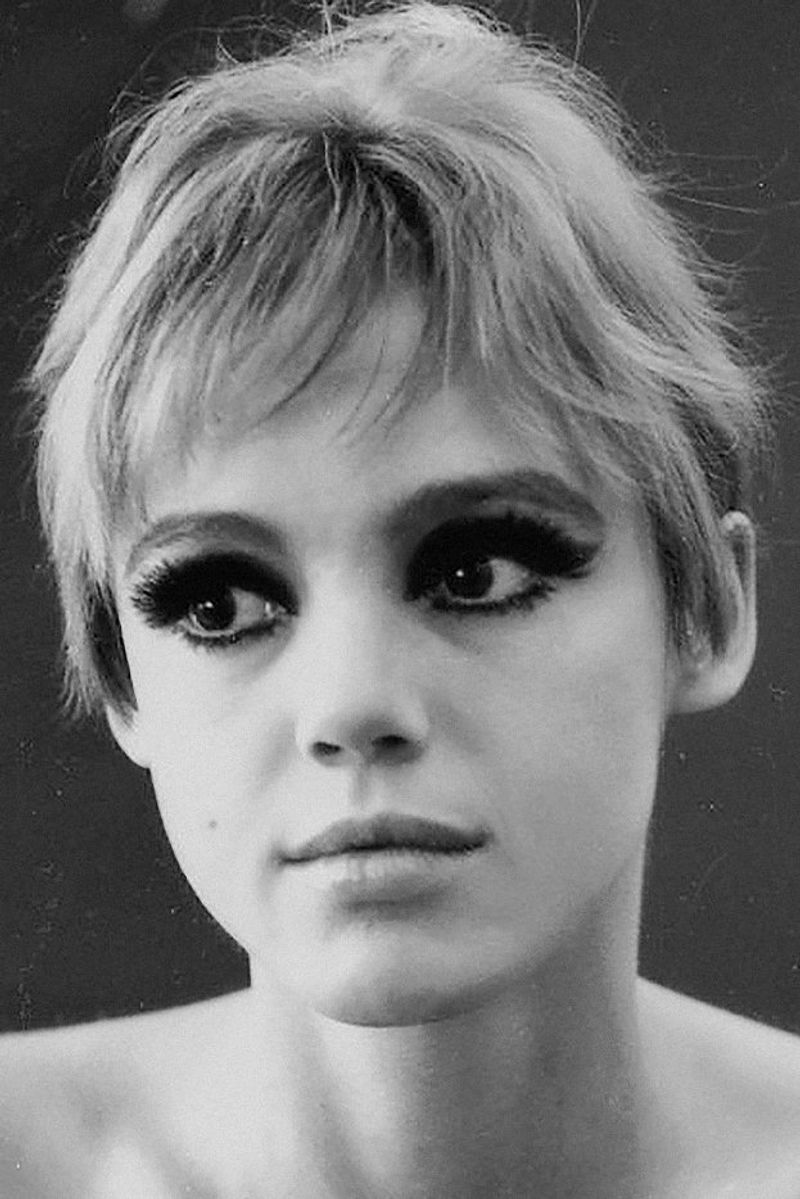
Andy Warhol’s superstar Edie Sedgwick burned briefly but brilliantly through mid-sixties New York, creating an instantly recognizable style formula: silver-sprayed pixie cut, giant chandelier earrings, black leotards, and bare legs. Her distinctive look merged dance attire with high fashion in ways nobody had attempted before.
Unlike icons who carefully cultivated their image, Sedgwick’s style seemed an authentic extension of her artistic, aristocratic background and ballet training. She transformed everyday items into fashion statements—turning plain tights into pants and men’s striped t-shirts into dresses, often topped with fur coats.
Factory films captured her distinctive makeup—pale foundation with heavily kohled eyes and exaggerated eyebrows that influenced generations of downtown cool girls. Though her life ended tragically young, Sedgwick’s fearless personal style established the template for New York’s artistic fashion scene that continues influencing designers from Marc Jacobs to Hedi Slimane.
10. Diana Ross
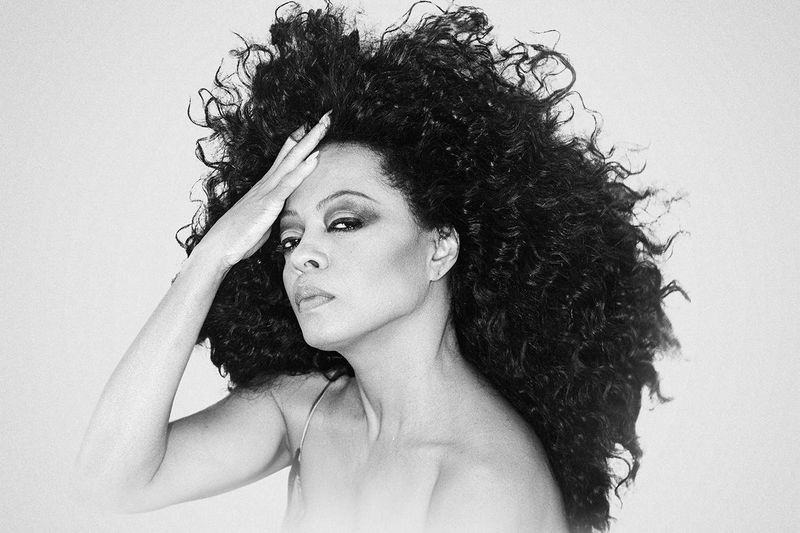
As lead singer of The Supremes, Diana Ross showcased Black glamour on an unprecedented scale during the sixties. When most African American performers were relegated to chitlin’ circuit venues, The Supremes broke barriers in sequined gowns and perfect wigs, appearing on mainstream television shows and international stages.
Ross’s evolving look chronicled the decade’s changing beauty standards. Early in her career, her style featured straightened hair and demure dresses that appealed to conservative audiences. By decade’s end, she embraced more dramatic false eyelashes, elaborate hairstyles, and showstopping stage costumes that celebrated Black beauty without compromise.
Her collaboration with Motown’s artist development team created a template for Black elegance that resonated worldwide. Ross’s fashion journey mirrored the civil rights era’s progress—from cautious integration to proud self-expression—making her not just a style icon but a cultural pioneer whose influence extended far beyond music.

Comments
Loading…